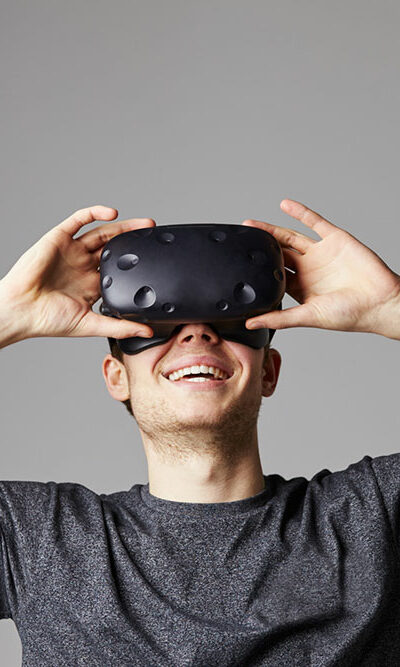
8 Apple Vision Pro Features One Cannot Miss
Apple has always been at the forefront of technological innovations. Their latest pursuit of cutting-edge products has resulted in the development of the Apple Vision Pro, a headset that provides an immersive experience. This mixed-reality headset has changed how one interacts with one’s digital content. Here are some of the impressive features of Apple Vision Pro and what one can expect from the upcoming sales season if one wants to try out the headset. How does Apple Vision Pro headset work? The Apple Vision Pro headset boasts an impressive display that seamlessly blends augmented reality (AR) and virtual reality (VR) and provides high-resolution visuals of one’s surroundings. The screen placed on the inside of the device displays one’s surroundings, which are captured by sensors on the outside. Upon wearing the Vision Pro headset and activating it, users will have access to their apps displayed on the screen. In terms of functionality, it comes with customizable straps that wrap around the head to block out light. The device also involves numerous elements for proper fitting, such as multiple head straps, various sizes of light seals, and specialized options for those who wear lenses. Key features to look forward to Spatial computing Spatial computing merges the digital and physical worlds to enhance how people interact with computers. Apple Vision Pro uses sensors, cameras, and powerful technology to create an immersive digital experience, making users feel like they’re at the heart of a digitally enhanced environment. This technology goes beyond traditional screen-based interactions, seamlessly blending the real and digital realms. Display and processing The device is equipped with 12 cameras, including main and downward cameras, side cameras, LiDAR scanner, illuminators, five sensors, and six microphones. This ensures a remarkable visual quality and boasts a display resolution exceeding 4K per eye. This high level of precision immerses users in a realistic augmented reality, and the device utilizes M2 and R1 processors to deliver efficient and responsive performance for complex augmented reality applications.










